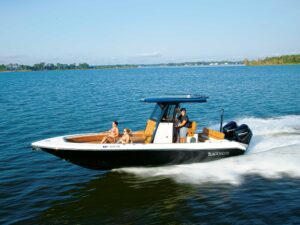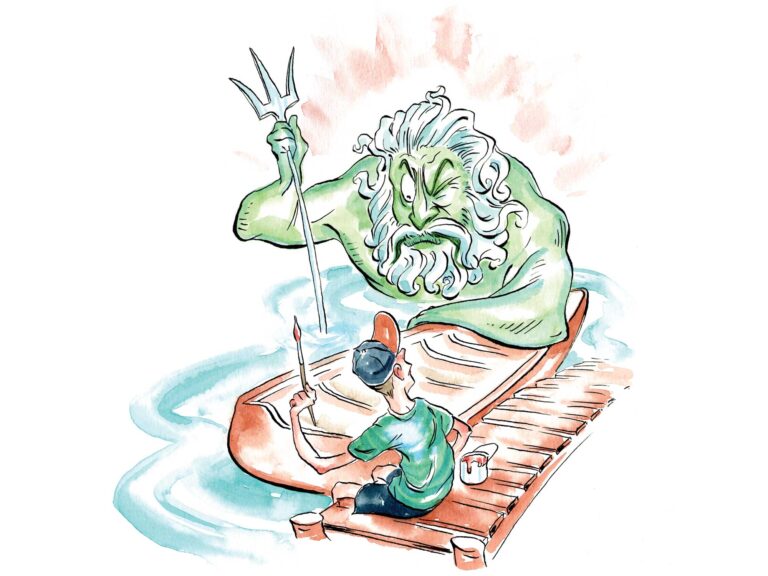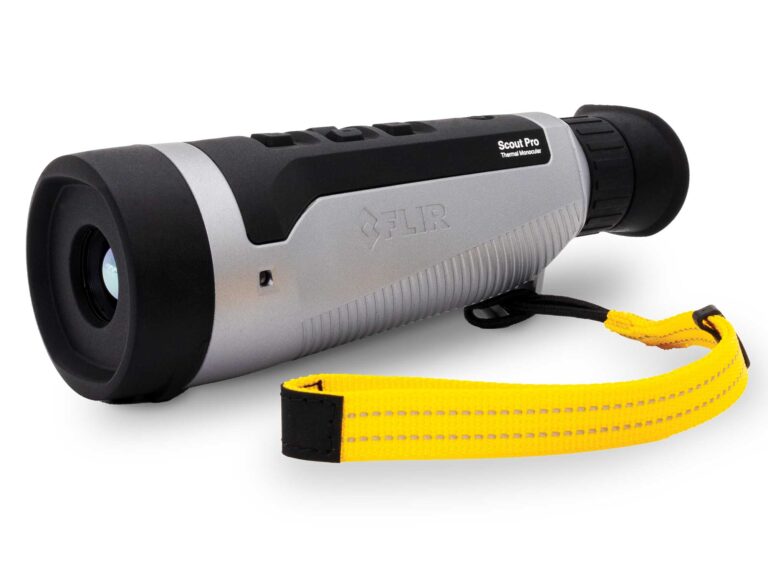When it’s time to buy a new propeller for your boat, diameter and pitch are the most important characteristics to research. To be able to select or upgrade to a new propeller, you must understand terms like “prop pitch” and how they translate to real-world performance.
Why Propeller Diameter is Important
Diameter is the distance across the circle made by the blade tips.
“Diameter is determined primarily by the rpm at which the propeller will be turning and the amount of power that will be delivered to the propeller,” according to Mercury Marine’s manual, Everything You Need to Know About Propellers.
Diameter “usually increases for propellers used on slower boats and decreases for faster boats,” the manual continues. Further, “if all other variables remain constant, diameter will increase as power increases; diameter will increase as propeller rpm decreases.”
What is Outboard Propeller Pitch?
The pitch of a propeller is defined as “the distance a propeller would move in one revolution if it were moving through a soft solid, like a screw through wood.” For example, a 21-pitch propeller would move forward 21 inches in one revolution.
Prop pitch explained: Think of a propeller as you would a car’s axle ratio. The lower the ratio, the more pulling power from a standstill. The same is true with a prop. The lower the prop pitch, the better your hole-shot. However, this comes at a price: top speed. The lower pitch makes the engine reach maximum rpm at slower speeds.
Conversely, a higher pitch will deliver greater top speeds, but slower acceleration. Be aware that lower-horsepower engines can bog down if fitted with an outboard propeller with too high a pitch and diameter, and that can wear heavily on internal engine parts.
If you’re changing pitch on a recreational boat, remember that each inch of pitch is worth about 200 rpm. Lowering the pitch will increase rpm and vice versa. For example, going from a 23-pitch to a 21-pitch propeller will increase engine rpm by about 400 revolutions.
The trick is to choose a boat propeller that delivers acceptable acceleration and top speed. A qualified dealer or marina can help with selection, but you need to be prepared with some vital information. You will need to know the type of engine and its horsepower rating, the boat’s weight and hull style, and the type of propeller you are running now: number of blades, diameter and pitch. If you don’t know, diameter and pitch usually are stamped somewhere on the prop. Also know the engine’s rpm at wide-open throttle when your boat is running with a typical load and trimmed for best speed.
Perhaps what’s most important is your performance goals. Because fixed-blade props either deliver low-end torque or faster top speeds, you can’t have both. If you load your boat with tons of diving or fishing gear, you might need a low pitch. If you need more speed, a higher pitch is the way to go.









